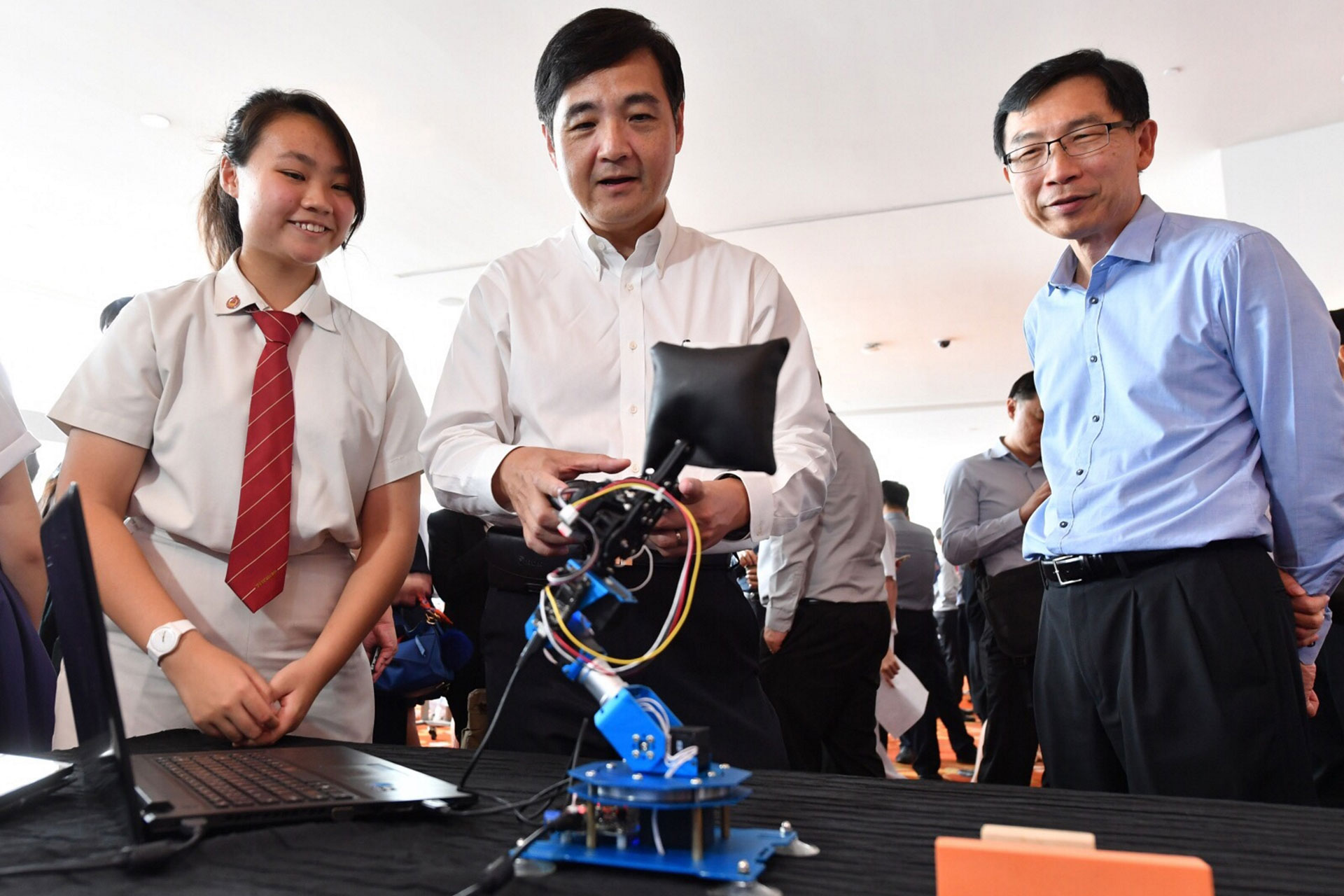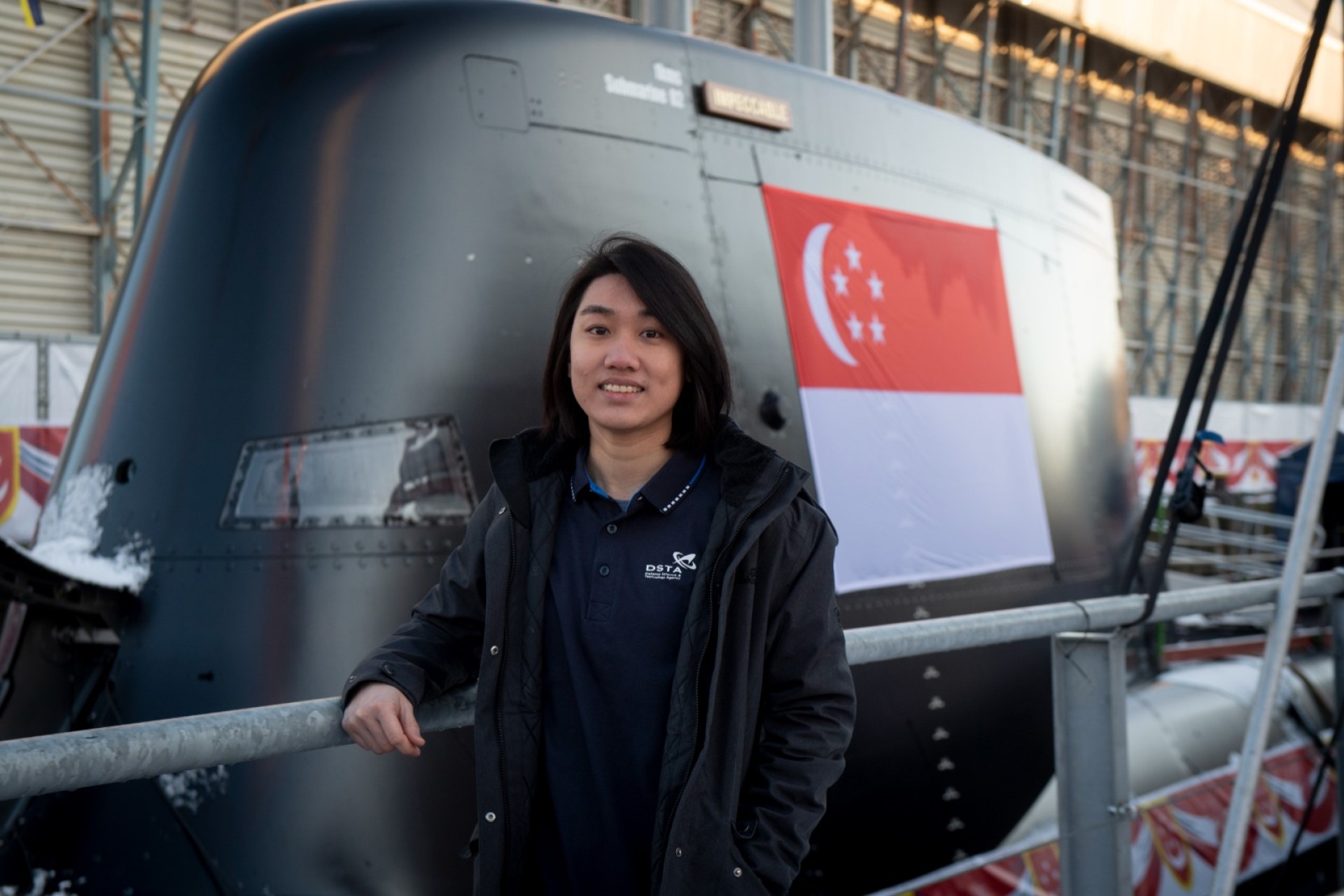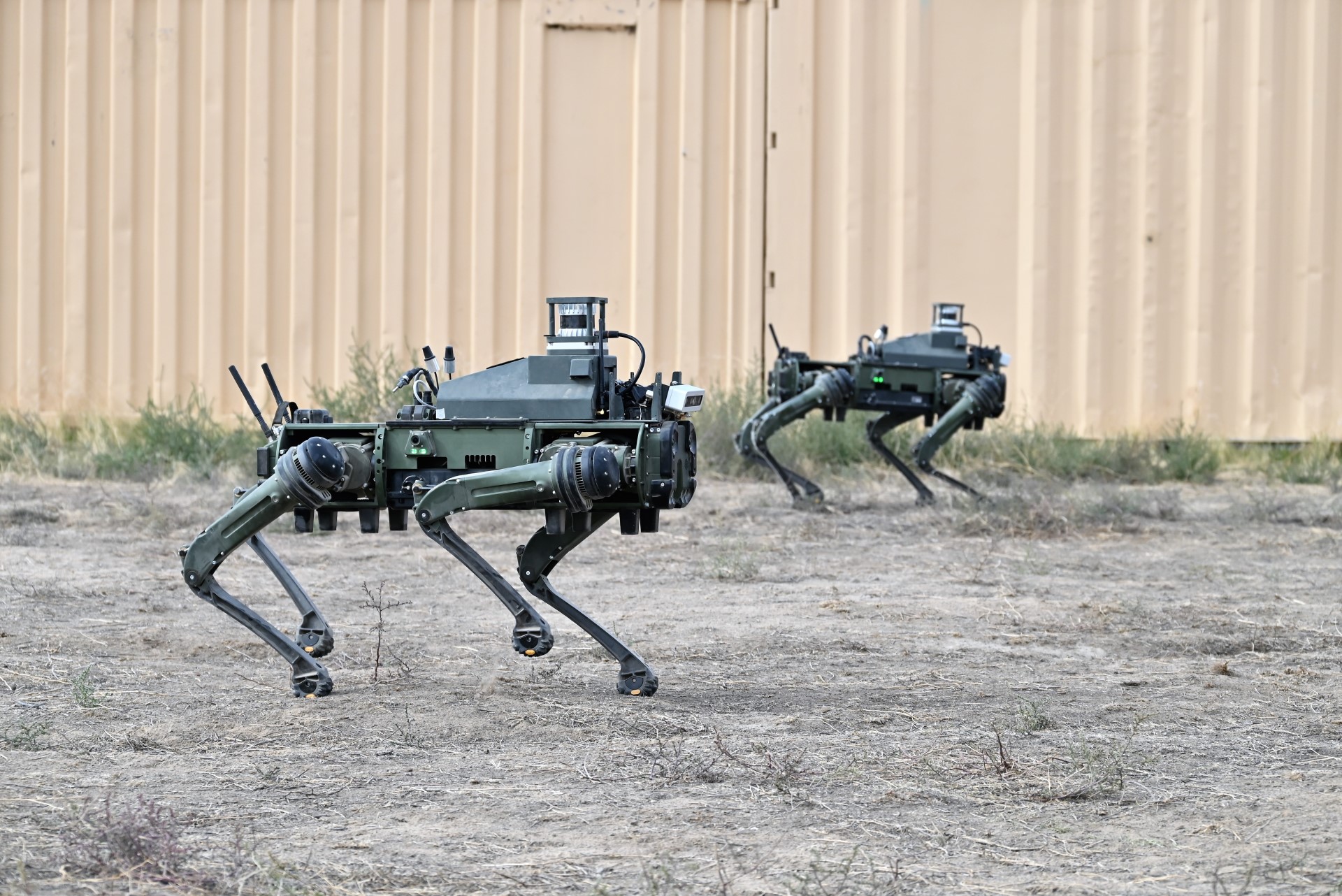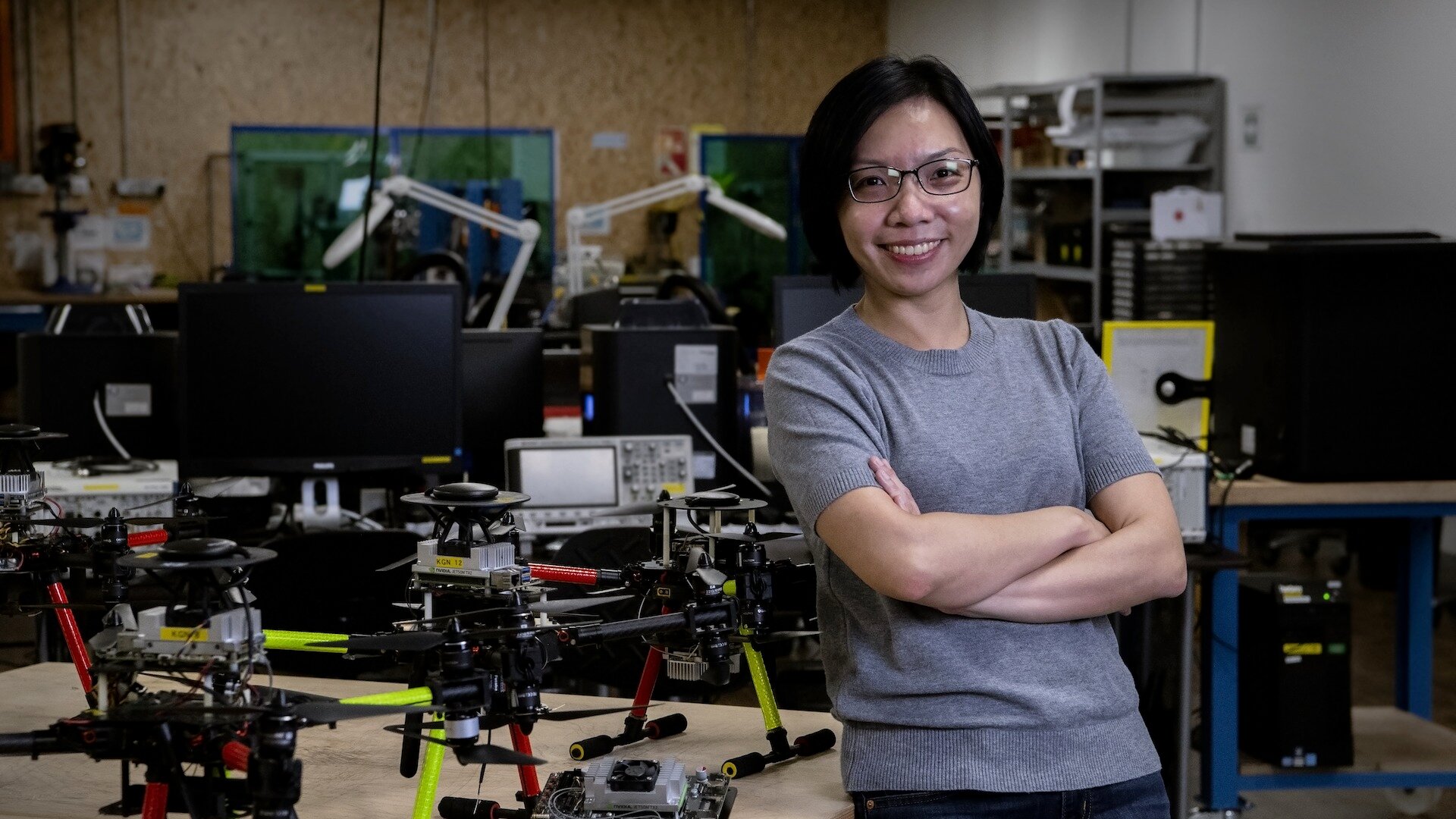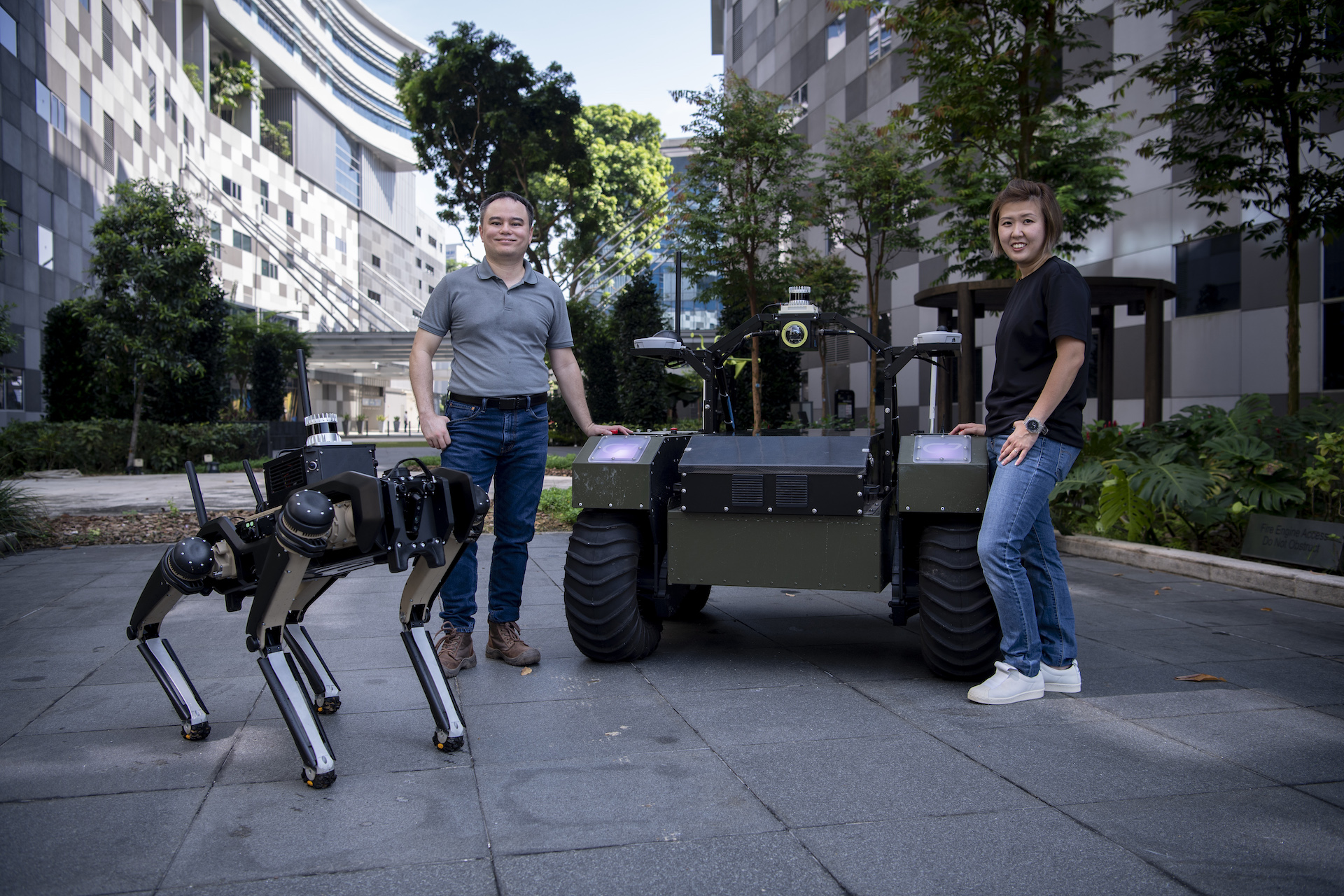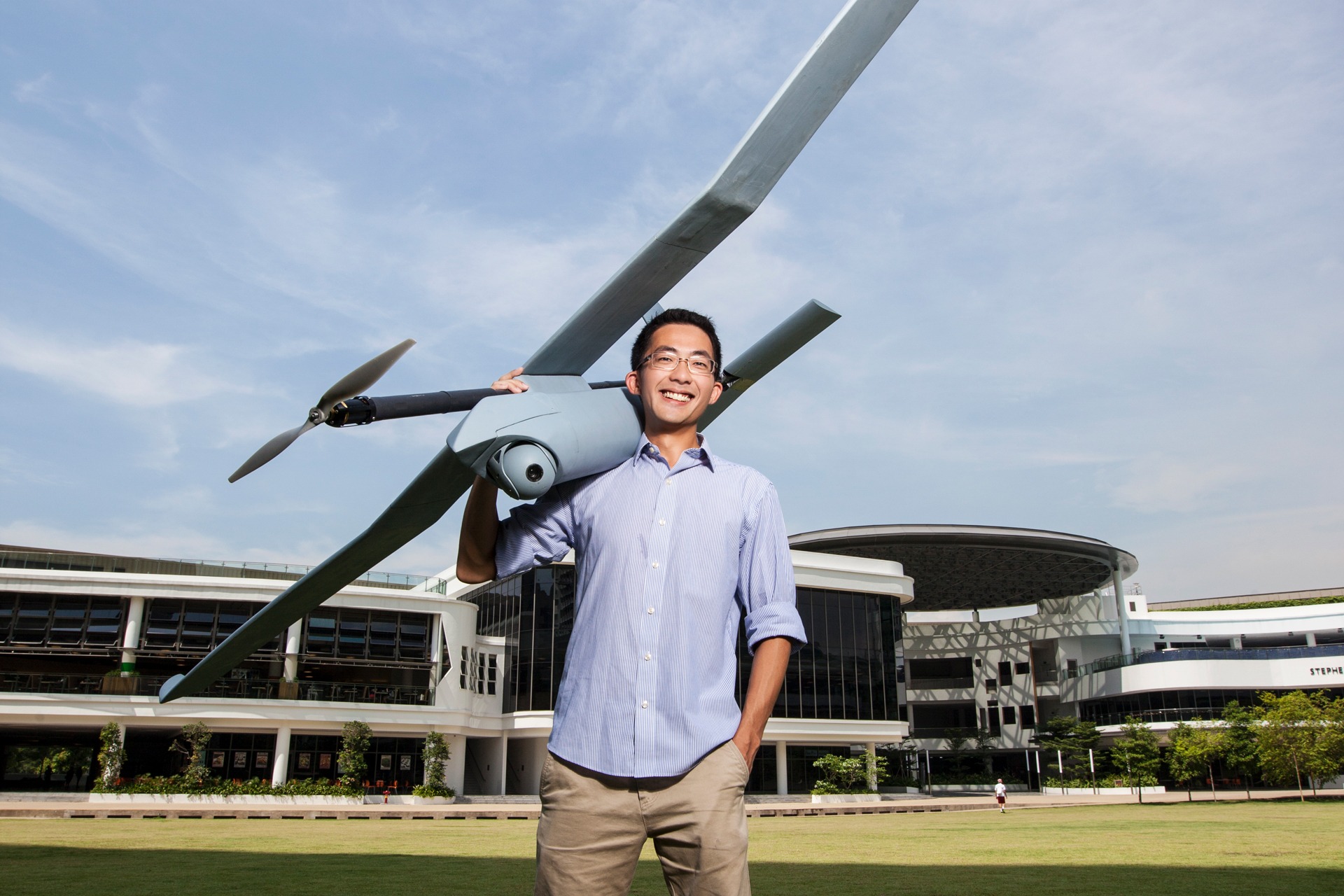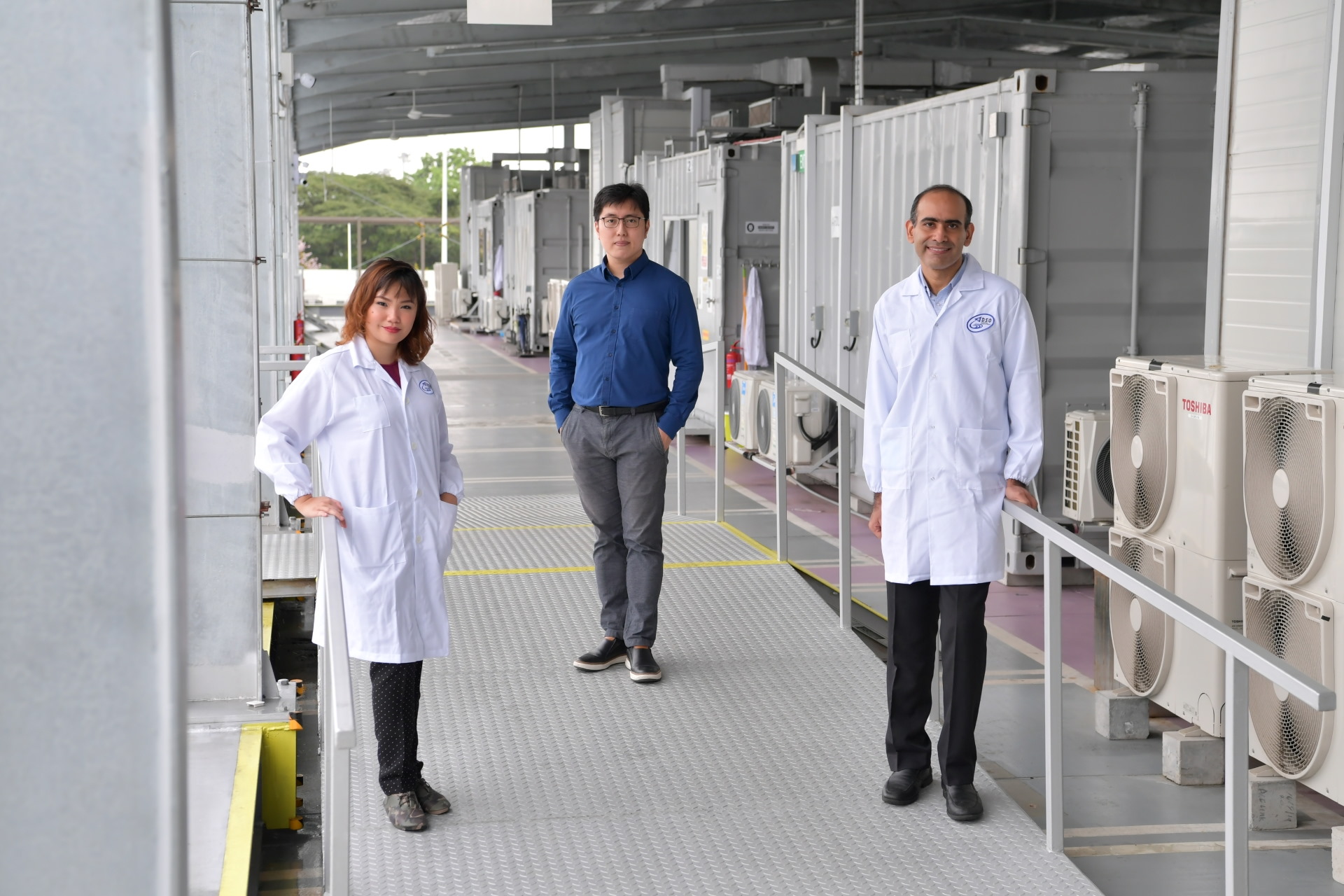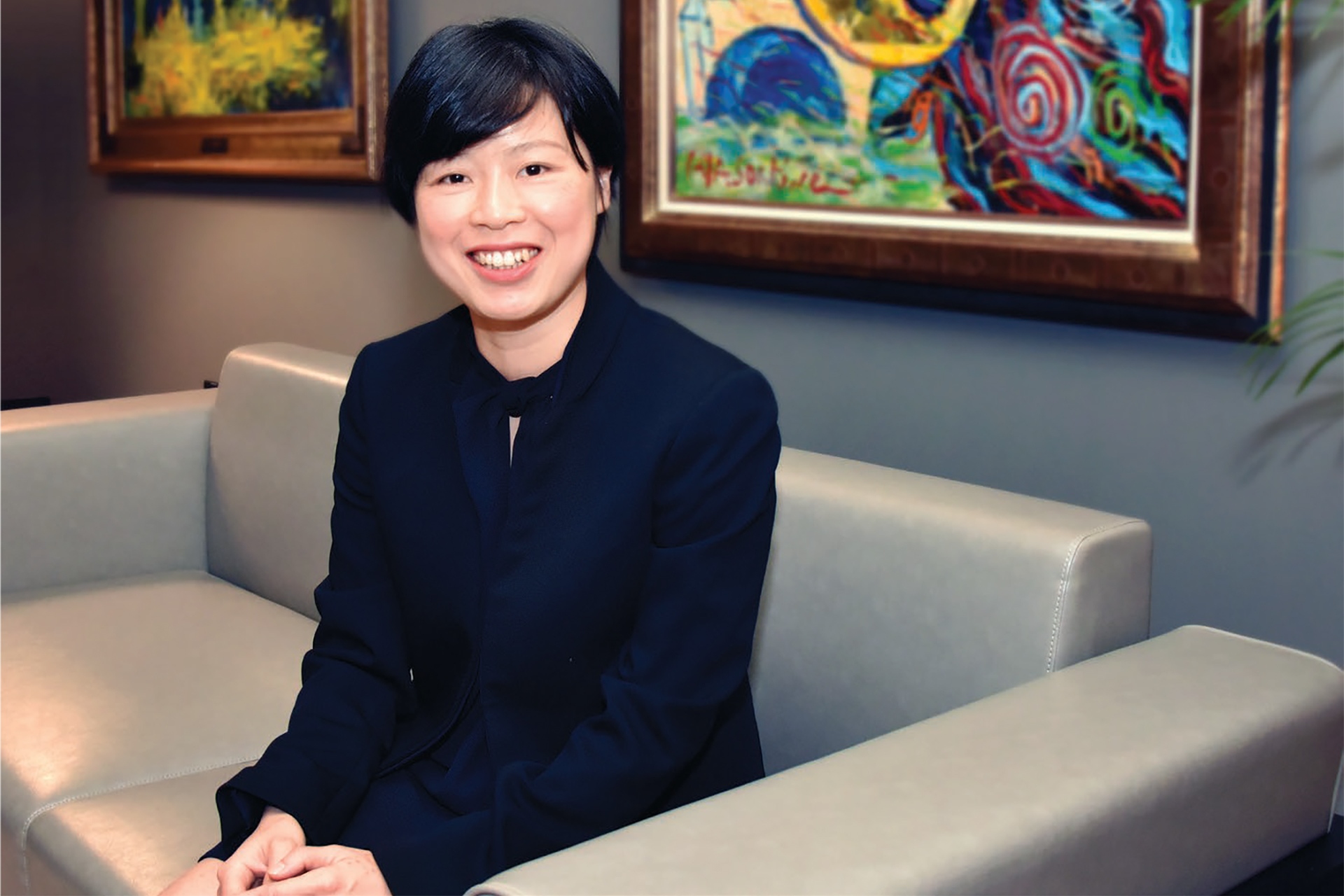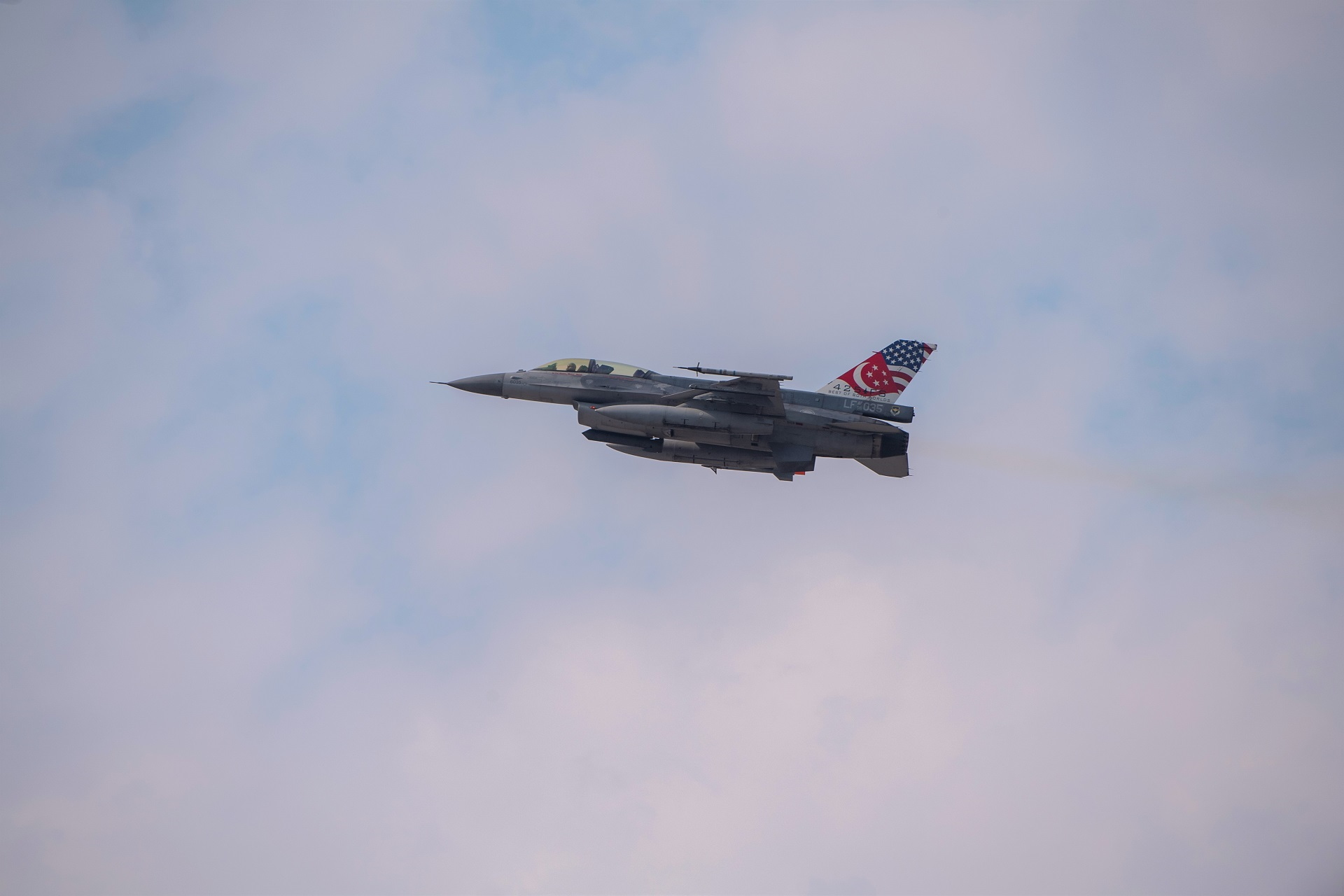Young minds recognised at defence science congress
// REPORT by Koh Eng Beng
// PHOTOS by Chai Sian Liang
At only 16, she had developed an algorithm that can detect fake news and help people to make better judgments on the accuracy of news they are reading.
Ms Liu Haohui, then a student from Raffles Girls' School, developed the algorithm last year under the Young Defence Scientists Programme (YDSP) organised by the Defence Science and Technology Agency (DSTA) and DSO National Laboratories (DSO).
"Fake news is a very pressing problem in today's society, and it can be very difficult to distinguish between fake news and reliable news. This spurred me on to think about solutions to better discern the two," explained Haohui, now a student at Raffles Institution.
Her work was one of 50 projects showcased at the YDSP Congress held at Marina Bay Sands on 18 Apr. It also received the Gold award at this year's Singapore Science and Engineering Fair (SSEF).
She will represent Singapore at the Intel International Science and Engineering Fair (ISEF) – regarded by students as the Olympics of youth science competitions – next month in the United States. Only six out of 320 SSEF projects were selected to represent Singapore at the ISEF.
Haohui developed the algorithm in one-and-a-half months by coding five different data analytics models to differentiate real and fake news. A total of 12,000 news articles – both real and fake – in English were used to "train" the models.
She then used machine learning and deep learning methods to "stack" or combine these models to improve the reliability of the algorithm.
Her algorithm achieved 90 per cent accuracy in detecting fake news, including local news. In one of the tests, for example, it successfully flagged out a fake news article about a minister dabbling in bitcoin investment.
The algorithm could be used as a web-based application to help readers discern between reliable and fake news easily, said Haohui. Going forward, she hopes to further improve its accuracy.
Meaningful Learning Platform
The YDSP Congress marked the end of a year-long series of programmes organised by DSTA and DSO to develop students' interest in defence science. In the last 12 months, more than 350 students across 19 schools took part in various project attachments, lectures and laboratory sessions.
Speaking at the YDSP Congress, Senior Minister of State for Defence Heng Chee How noted that defence scientists and engineers have helped to boost the Singapore Armed Forces' capabilities over the years.
One example are the unmanned watch towers that can automatically detect threats along Singapore's coastlines using video and data analytics.
Noting the presence of many YDSP alumni among the 5,000-strong community of defence scientists and engineers in Singapore, he said: "YDSP has been a meaningful platform for nurturing the next generation of young defence scientists and engineers."
Mr Heng also gave out 59 YDSP and DSTA Junior College scholarships to students at the event.
He urged the recipients to continue their good work. "I am confident that your passion and desire to challenge and stretch the limits of science and technology will one day allow you to play a part to shape Singapore’s exciting future."
Defence Application
One project that has potential military application is the use of stereo cameras and an infrared sensor system to enhance the safety of explosives disposal.
This was the brainchild of Ms Wee Chun Hui, 17, from Victoria Junior College.
She wanted to help the Army's Explosive Ordnance Disposal (EOD) engineers to control robotic arms with greater precision and speed.
As part of the YDSP research programme, she visited an Army camp to observe how these engineers work.
Currently, EOD engineers rely on 2D video beamed from a normal camera that is attached to the robotic arms for operations. They hence have difficulty in perceiving the depth of field accurately.
Chun Hui's prototype, however, is equipped with a stereo camera that mimics the human eyes, producing 3D video.
The infrared sensor system also measures the distance between an object and the robotic arms. A row of LED bars indicator go off one by one as the robotic arms get closer to the object, which tells the operator when to close the robotic arms’ gripper to grip the object, she explained.
Learning Beyond Classrooms
Besides mentoring students in research projects, DSO engineers and scientists conducted the World of Science series of lectures and laboratory sessions during the June school holidays last year.
Students got to learn advanced science topics beyond the school curriculum, such as aerodynamics, cryptography and sensors.
The YDSP also organised Science and Technology camps last year to introduce students to topics like data analytics and robotics through lectures and hands-on activities.
Over five days, students analysed local weather data to predict when a flash flood would occur.
They also learnt to code and connect smart home devices such as temperature and humidity sensors, motion sensor-controlled lights and solar panels.
Among the participants was Mr Venkatesh Nathan, 16, a member of the winning team for the YDSP Science and Technology Camp for Data Analytics.
"We already knew about concepts like smart devices and Internet of Things in schools, but it's through the camp that we actually learnt to code and build a smart home prototype."
